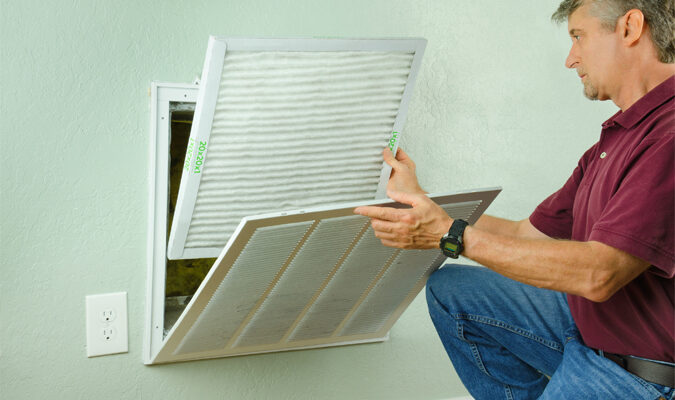
As we go about our day-to-day lives we are normally aware of the everyday risks we face. From traffic to air pollution. But one thing we often take for granted is the air inside our own homes.
According to the United States Environmental Protection Agency, the side effects of poor air quality inside our own homes could pose a greater risk to us than outdoor air.
If you’re already concerned about the quality of air in your home then understanding the following side effects of poor quality air in your home should tell you that it’s time to do something about it.
Common Cold Symptoms
The short-term effects of poor indoor air quality are very similar to the symptoms of the common cold or influenza. The most common symptoms include:
- Coughing
- Dizziness
- Runny nose
- Itchy eyes
- Fatigue
With a common cold, you’d expect these symptoms to fade within a week or two, but if you’re being exposed to airborne pollutants as a result of poor air quality then you might find that you experience these symptoms more than you should.
Dust, bacteria, viruses, mites, and pollen are rife in contained areas that suffer from limited air circulation. Too much humidity can also further the presence of these pollutants.
Chronic Obstructive Pulmonary Disease
Chronic obstructive pulmonary disease (COPD) is a common long-term condition that arises from living in a home with poor air quality. The symptoms of COPD are very similar to asthma, but it can also lead to frequent respiratory infections.
COPD is made worse by the pollutants that can be found in poor quality indoor air. If you find yourself regularly suffering from symptoms such as:
- Shortness of breath
- Wheezing
- Fatigue
- Chest tightness
Then it’s important to subject your home to air quality testing by contacting an HVAC contractor.
Asthma Symptoms
If anyone living in your home suffers from asthma then poor air quality can increase the frequency of asthma symptoms and eventually asthma attacks. Poor quality air carries the particles and endotoxins that can aggravate asthma symptoms.
Cardiovascular Disease
Indoor air pollution will harm your respiratory system, and that, in turn, will affect your cardiovascular system.
The presence of dust, soot, and gases such as carbon monoxide and nitrogen dioxide in your home can increase your chances of developing cardiovascular disease.
Lung Cancer
Prolonged exposure to poor quality is likely to increase your chances of developing lung cancer. This goes for the air inside your home as much as the air outside.
Poor quality air can contain several pollutants that can lead to lung cancer. Almost 20% of adult lung cancer deaths are the result of exposure to household air pollution.
Avoiding the Side Effects of Poor Air Quality
The best way to remove yourself from the risk of these side effects of poor air quality is to have your home air quality tested. If you’re worried about your home air quality then you should contact your nearest HVAC services right away.
For more home improvement articles like this be sure to take a look at the rest of our site.
Leave a Reply